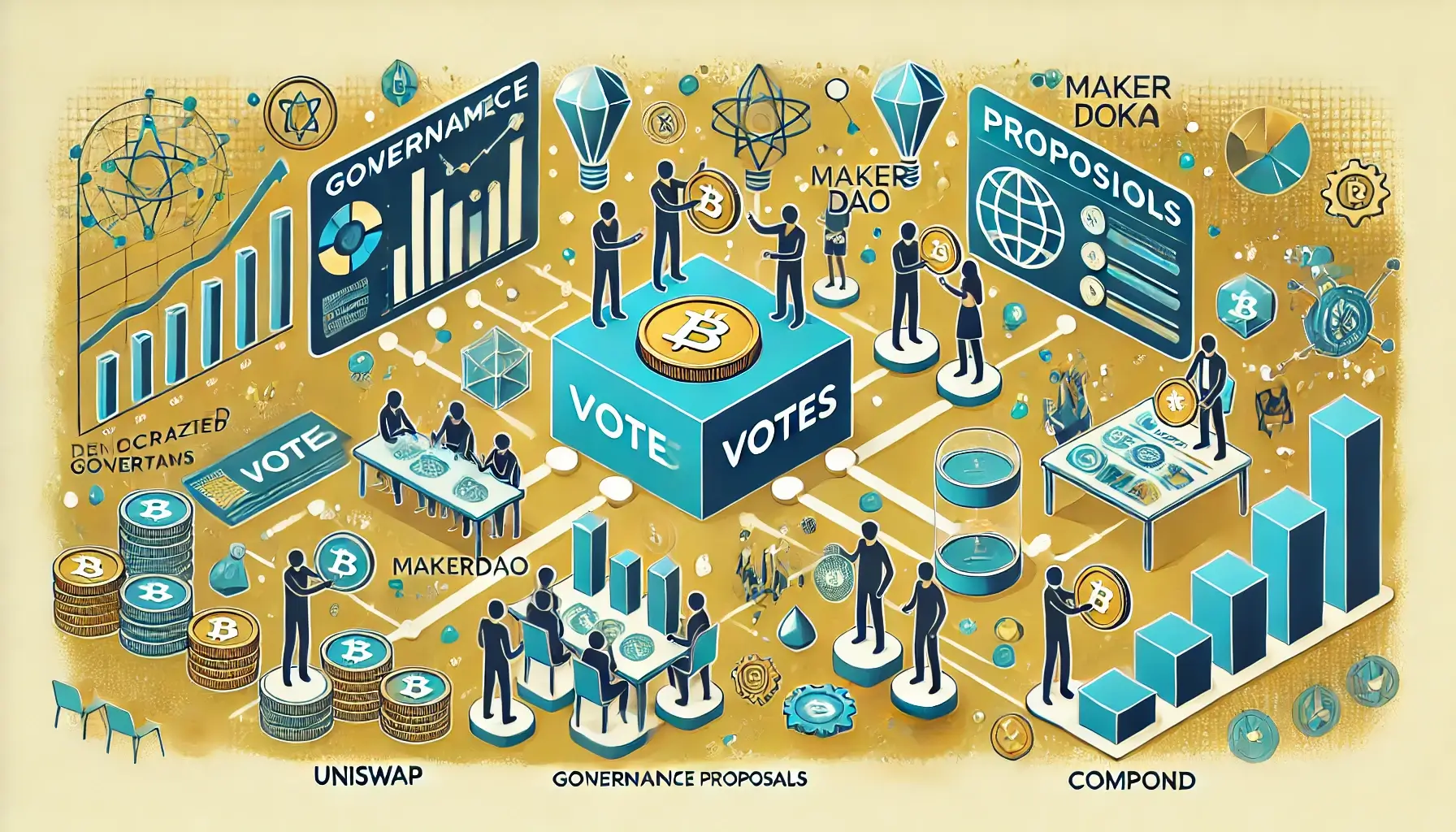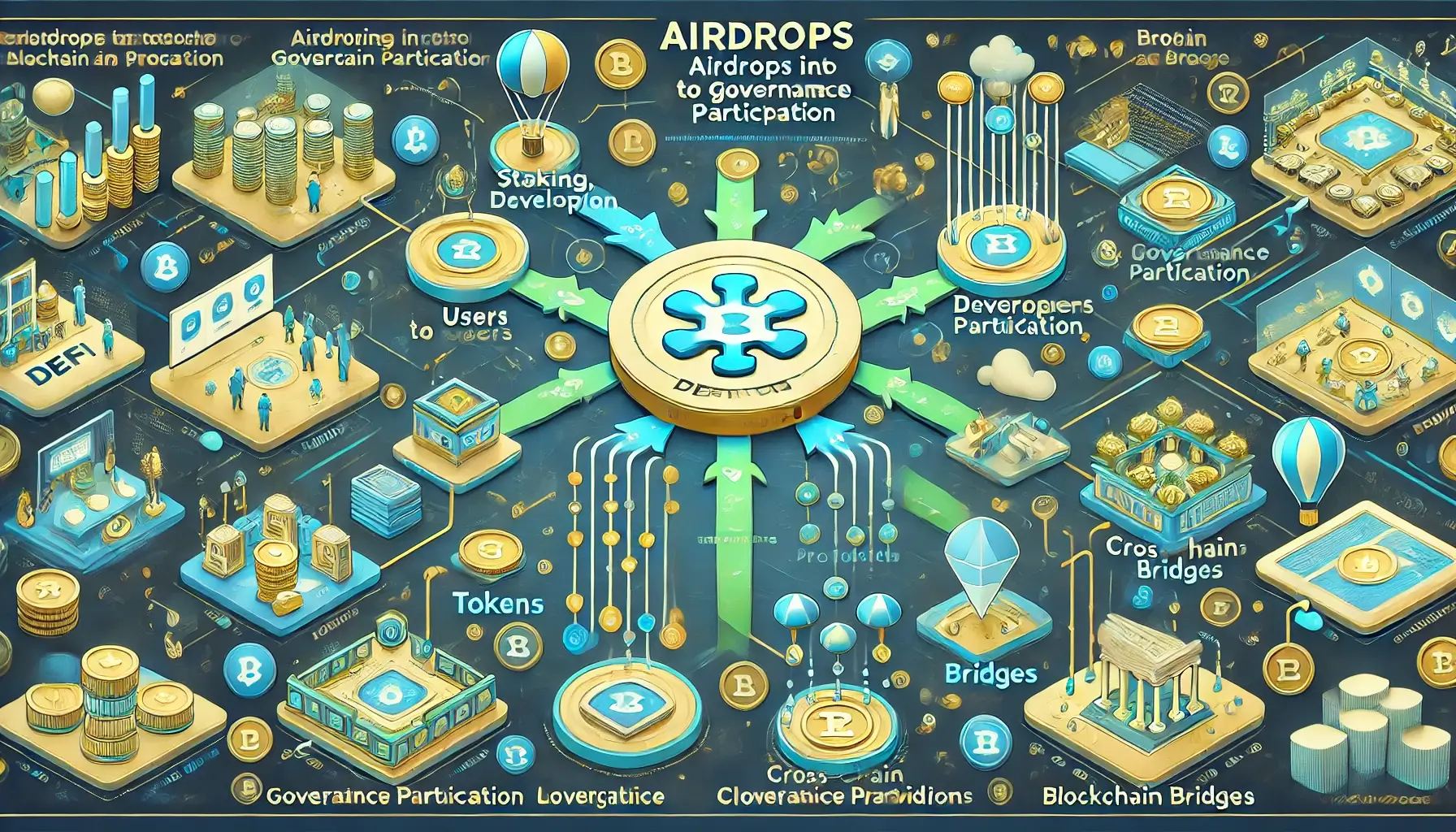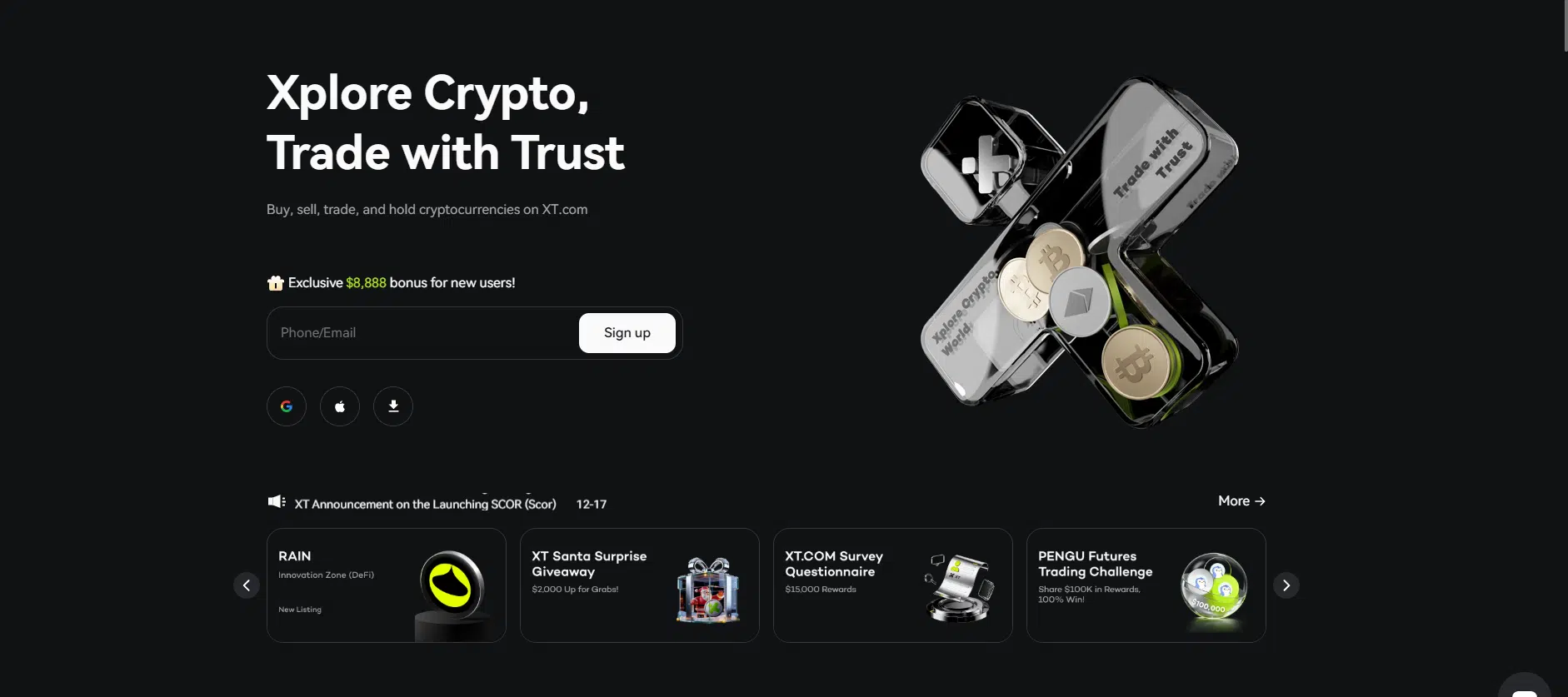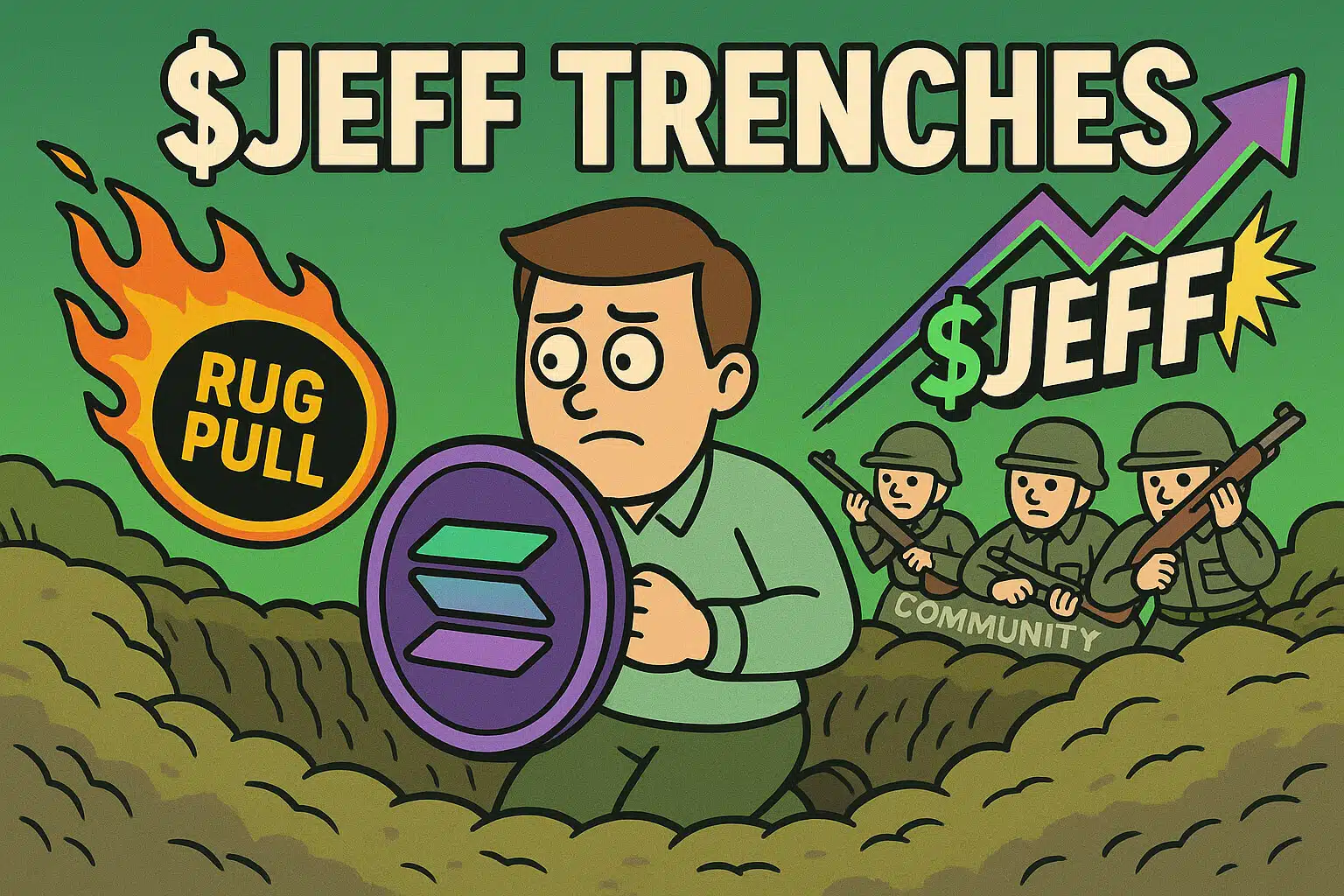Airdrops are revolutionizing decentralized finance (DeFi) by serving as a catalyst for growth and development. Projects are leveraging airdrop campaigns to incentivize user participation, reward liquidity providers, and drive community engagement. This strategy is enabling DeFi platforms to foster innovation and attract a more extensive user base, while simultaneously creating sustainable ecosystems. By analyzing the impact of airdrops, we uncover how they are reshaping the DeFi landscape.
1. How Airdrops Are Incentivizing Participation in DeFi
Airdrops are encouraging active participation within the DeFi ecosystem by providing token rewards for specific user actions. These incentives are helping platforms onboard new users and retain existing ones.
- User Engagement: Platforms distribute tokens to users for completing activities like staking, lending, or borrowing.
- Governance Participation: Tokens airdropped to users often come with governance rights, enabling them to vote on protocol changes and future developments.
For instance, platforms like Aave and Uniswap have successfully rewarded their users with airdrops, creating a loyal and active community.
2. Fostering Innovation Among Developers
Airdrop campaigns are driving innovation within DeFi by incentivizing developers to create cutting-edge tools and applications. Token rewards are often distributed to developers contributing to the ecosystem through code or integrations.
Examples of innovation include:
- Custom dApps: Developers are building decentralized applications that cater to specific financial needs, such as yield optimizers.
- Cross-Chain Solutions: Airdrops encourage the development of bridges and multi-chain tools that enable seamless asset transfers across blockchains.
By promoting innovation, airdrops are ensuring that DeFi remains at the forefront of blockchain technology.
3. Driving Liquidity Through Token Rewards
One of the most critical aspects of DeFi platforms is liquidity, and airdrops are playing a significant role in attracting liquidity providers (LPs). Platforms offer token rewards to LPs who lock their assets, ensuring sufficient liquidity for smooth operations.
Some successful examples include:
- SushiSwap: Used airdrops to attract LPs from competing platforms, building a robust liquidity pool.
- Balancer: Rewards LPs with governance tokens, motivating them to provide long-term liquidity.
These strategies are essential for sustaining DeFi protocols and driving user adoption.

4. Promoting Financial Inclusion Through Airdrops
Airdrops are breaking down barriers to entry by providing tokens to users without requiring significant initial investments. This approach is democratizing access to DeFi and promoting financial inclusion globally.
How this is happening:
- Free Access to DeFi Tools: Airdropped tokens allow users to explore yield farming, lending, and staking without upfront capital.
- Educational Campaigns: Many airdrops include onboarding resources to educate users about DeFi concepts.
By focusing on accessibility, airdrops are enabling underserved communities to participate in decentralized finance.
5. How Airdrops Are Supporting DeFi Governance
Governance is a core component of DeFi, and airdrops are empowering users to actively participate in decision-making. Distributed tokens give users the ability to vote on proposals and shape the future of DeFi platforms.
For example:
- Compound (COMP): Airdropped governance tokens to users, enabling them to vote on interest rates and platform updates.
- MakerDAO (MKR): Distributed tokens to stakeholders to ensure active participation in governance decisions.
These efforts are creating a decentralized and transparent ecosystem where users have a voice.
6. Airdrops in Cross-Chain DeFi Innovation
The growing adoption of cross-chain DeFi is being fueled by airdrop incentives. By rewarding users who interact with multi-chain tools, airdrops are promoting interoperability and collaboration across blockchains.
For instance:
- Cosmos (ATOM): Uses airdrops to incentivize users who bridge assets between its ecosystem and other blockchains.
- Polkadot (DOT): Encourages cross-chain participation through targeted token distributions.
These campaigns are ensuring that users embrace the full potential of decentralized finance.
7. Real-World Examples of Airdrop Success
Airdrop-driven campaigns have been instrumental in driving the success of several DeFi projects.
- Uniswap (UNI): Rewarded its early users with airdropped tokens, establishing itself as a leader in decentralized exchanges.
- Yearn.Finance (YFI): Distributed governance tokens to active participants, creating a loyal and engaged community.
- Balancer (BAL): Used token rewards to build a sustainable and liquid ecosystem.
These examples highlight the transformative impact of airdrops on DeFi innovation and adoption.
Conclusion
Airdrops are revolutionizing decentralized finance by incentivizing participation, fostering innovation, and promoting financial inclusion. From empowering users with governance rights to supporting developers in building advanced tools, airdrops are reshaping the DeFi landscape.
As DeFi continues to evolve, the role of airdrops will remain critical in driving user engagement and ecosystem sustainability. For those exploring opportunities in decentralized finance, participating in airdrop campaigns offers more than just rewards it’s a chance to be part of the future of finance.
Stay Updated
For more insights and detailed guides on decentralized finance, visit our DeFi Innovation Guides.
Special Offer
Ready to explore DeFi and earn rewards? Sign up on Bybit today and claim up to $30,000 in deposit bonuses. Start your DeFi journey with a trusted platform!
















